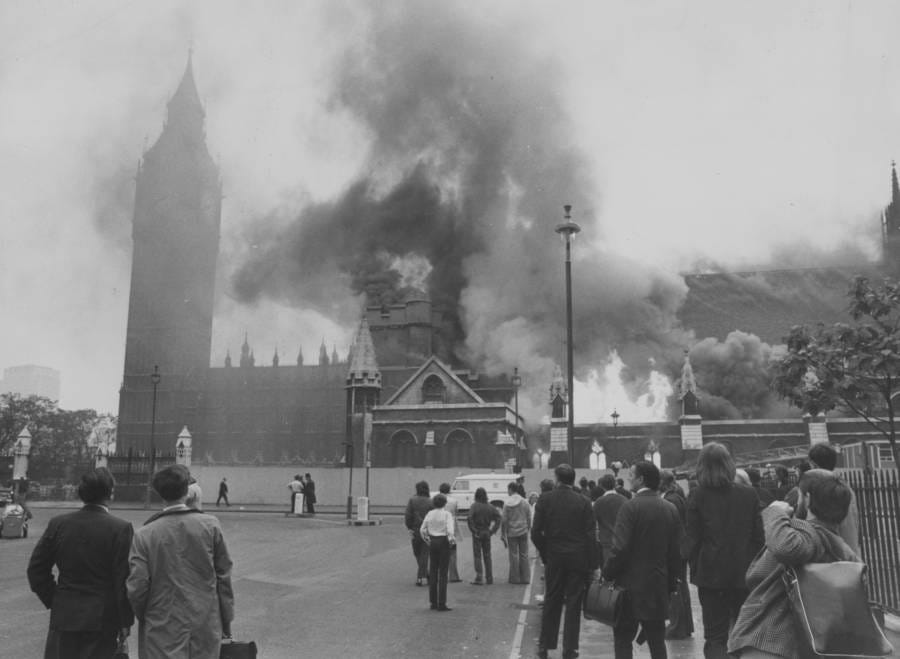Forgetting Northern Ireland
How British Millennials memory-holed the Troubles
This week marked twenty-five years since the signing of the Good Friday Agreement. The occasion was marked by a flying visit to Northern Ireland and Ireland by President Biden. Amid celebration and thanksgiving, current tensions in Northern Ireland meant that the week has been marked by many warnings to retain the hard-won peace of the agreement.
The Spectator ran a piece earlier in the week, noting how ignorant many Irish-Americans remain about the realities of the Troubles. I noted on Twitter, however, that the fact is that most Brits remain deeply clueless—a point I feel is worth expanding.
The week’s events put in mind of Seamus Heaney’s poem “Strange Fruit”:
Here is the girl's head like an exhumed gourd.
Oval-faced, prune-skinned, prune-stones for teeth.
They unswaddled the wet fern of her hair
And made an exhibition of its coil,
Let the air at her leathery beauty.
Pash of tallow, perishable treasure:
Her broken nose is dark as a turf clod,
Her eyeholes blank as pools in the old workings.
Diodorus Siculus confessed
His gradual ease with the likes of this:
Murdered, forgotten, nameless, terrible
Beheaded girl, outstaring axe
And beatification, outstaring
What had begun to feel like reverence.
“Strange Fruit” comes from Heaney’s collection North, published in 1975—one of several poems inspired by the sight of the preserved ancient bodies exhumed from the Arrhus boglands in Denmark, such as the Tollund Man. The Tollund Man himself was hanged, some time around 400-300 BC. Other similar bodies are thought to have been ritual sacrifices. In these bodies, linked to Ireland by a shared history of boglands and Vikings, Heaney found an image for the Troubles. The ritually slain of pre-Christian Denmark spoke for young Catholic women tarred and feathered for sleeping with British soldiers, for young Protestant men bundled into vans and shot in the back of the head down country lanes. They gave Heaney a way to bring up the bodies. Some of you will have noted, of course, that Heaney steals the title from Billie Holiday’s famous song about African-American lynchings.
One effect of Heaney’s inspired imagery is to highlight how these victims are quickly lost in the mists of time: “murdered, forgotten, nameless, terrible.” Writing in 1975, he is already talking about those lost since the Troubles truly kicked off in the late 60s.
Of course, this “forgetting” referred to individuals rather than the Troubles per se. In 1975, the Troubles were not something you could forget about. Internal terrorism was a threat across the United Kingdom for thirty years. All this was meant to come to an end with the Good Friday Agreement on the 10th of April 1998.
But I am part of a generation which did, in fact, forget all about the Troubles, almost in its entirety, and which cannot really believe that it was ever possible. For us, the whole thing lies buried unseen in the ground.
Keep reading with a 7-day free trial
Subscribe to The New Albion to keep reading this post and get 7 days of free access to the full post archives.



